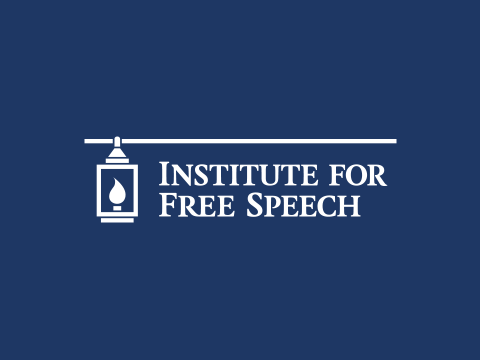Chief Justice Roberts has been both praised and scorned for his "minimalist" approach to constitutional decision-making. But Roberts’ minimalism is nothing compared to that displayed by the Campaign Legal Center in their analysis of the Chief’s opinion in FEC v. Wisconsin Right to Life, Inc.
In order to determine whether WRTL’s ads were constitutionally exempt from BCRA’s electioneering communications ban, Roberts had to determine whether the ads were the "functional equivalent of express advocacy." Based on a number of factors, he concluded that they were not. The gist of CLC’s analysis is that future ads seeking the exemption will have to have all of the factors Roberts mentions in the principle opinion, namely:
First, their content is consistent with that of a genuine issue ad: They focus and take a position on a legislative issue and exhort the public to adopt that position and to contact public officials with respect to the matter.
Second, their content lacks indicia of express advocacy: They do not mention an election, candidacy, political party, or challenger; and they take no position on a candidate’s character, qualifications, or fitness for office.
Now, naturally, CLC wants to minimize the impact of this case on their "reform" agenda, but their conclusion–that "the Chief Justice’s opinion ‘is susceptible of no reasonable interpretation other than’ as requiring an ad to possess all of these criteria in order to qualify for a new as-applied exception"–takes minimalism to new extremes. And in doing so, it flips the "functional equivalence" test on its head.
Roberts’ list of factors was intended to illustrate that WRTL’s ads were "plainly not the functional equivalent of express advocacy." Roberts was not saying, as CLC claims, that WRTL’s ads had set the standard, but rather that WRTL had gone well beyond what they were required to do. This becomes even more clear if one takes Roberts’ description of the functional equivalence test, which Roberts phrased in the negative, and phrase it in the positive. Here’s what Roberts said:
"[A] court should find that an ad is the functional equivalent of express advocacy [and, therefore, ineligible for an as-applied exemption] only if the ad is susceptible of no reasonable interpretation other than as an appeal to vote for or against a specific candidate."
Now let’s take the logical flip-side:
A court should find that an ad is entitled to an as-applied exemption if the ad is susceptible of any reasonable interpretation other than as an appeal to vote for or against a specific candidate.
Is that a broad exemption? Certainly. Nevertheless, it flows ineluctably from Roberts’ opinion. Moreover, it’s consistent with the robust First Amendment protection described in Roberts’ concluding statement:
"[W]hen it comes to defining what speech qualifies as the functional equivalent of express advocacy subject to [the electioneering communications] ban . . . we give the benefit of the doubt to speech, not censorship. The First Amendment’s command that "Congress shall make no law . . . abridging the freedom of speech" demands at least that."
CLC’s uncharitably ultra-minimalist reading of Roberts’ opinion would produce the very opposite result, giving the benefit of the doubt to censorship. That would fit nicely with their larger policy goals, but a casual reading of WRTL II makes clear that Chief Justice Roberts wisely declined to take that approach. CLC may not like it, but there’s no use denying it. Doing so–to paraphrase another Justice’s opinion in WRTL II–is not minimalism, it is obfuscation.












